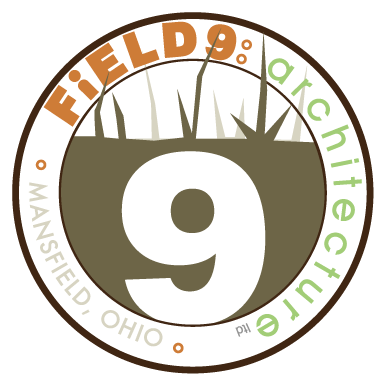The profession of architecture can oftentimes seem aloof and difficult to understand. There are a lot of terms regularly used on architectural websites, which can be confusing without some context and nuance. The good news is that these terms are easily explained. Today, we’ll look at some architecture terms often used to describe sustainable or green architecture and what their meanings are. This is the first entry in a three-part series of architecture terms to know.
Architecture
Architecture is defined as “both the process and the product of planning, designing, and constructing buildings or other structures.” It’s the art form of creating structures, tailored to the needs of the client. There are many subcategories that fall under architectural design, which can include aesthetic styles as well as construction methods. When looking for an architect, researching their construction methods is just as important as what one finds pleasing to the eye.
Green Architecture
Green Architecture at its core and original meaning was considered an architectural philosophy, where architects are mindful of the ecosystem and sustainability when designing buildings. Resilient architecture, sustainable architecture, and restorative architecture are all under the umbrella term of green architecture. It is important to be mindful that green architecture has been greatly affected by greenwashing, so searching for resilient and/or restorative architecture can ensure a truly green, sustainable process.
“Greenwashing”
“Greenwashing” is a term that means that a company is using misleading information or manipulative marketing tactics to make something seem more environmentally friendly than it really is. Its marketing spin is to make the general public believe a company’s products & policies are more environmentally friendly. Typically, a greenwashed business spends more money on its public relations & marketing to appear eco-friendly than it spends actually implementing eco-friendly policies and changes. One of the most notorious examples of greenwashing includes ExxonMobil, who touted that they were decreasing their carbon footprint while actually increasing greenhouse gas emissions. They have spent many years trying to rehabilitate their environmentally friendly PR after the ExxonMobil oil disaster in Alaska.
Sustainable Architecture
Sustainable Architecture seeks to minimize the negative environmental impact of buildings by being mindful of the use of materials, energy, development space, and the surrounding ecosystem. Taking the supply chain into consideration, sustainable architecture tries to limit the impact of things such as the production and transport of materials, the carbon footprint of supplies, and the chemicals that may be used during construction. Sustainability in and of itself is important, but it is no longer enough on its own.
Restorative Architecture
Restorative Architecture Seeks to repair damage to the environment over a building’s lifetime in various ways, such as generating extra energy via renewable resources and providing a habitable environment for local flora & fauna.
Resilient Architecture
Resilient Architecture shares aspects of sustainable and restorative architecture, but takes it a step further. Resilient architecture is architecture that’s designed to be adaptable in a way that not only sustains life and has a minimal impact on the environment but also implements construction to cull damage from vulnerabilities or hazards. Things such as flooding, high winds, heavy storms, and earthquakes are considerations for design. Resilient architecture is focused on the durability and recoverability of our built environment.
Our next entry will cover terms used for building strategies, and our third entry will discuss standards and frameworks used by sustainable & resilient architects. At FiELD9: architecture we design buildings that mitigate harm by using innovative materials and methods that are durable, efficient, and benefit the environment. Contact us today to see how we can help you create the structure of your dreams while also giving back to the Earth.






Recent Comments